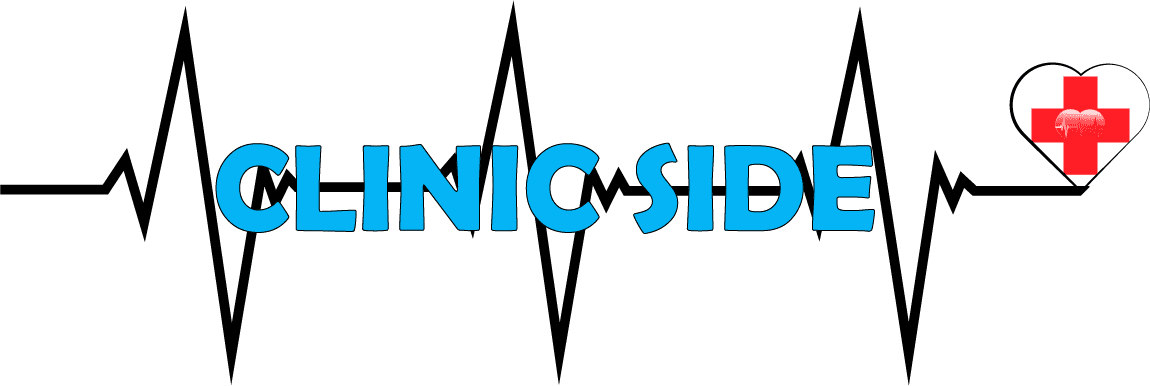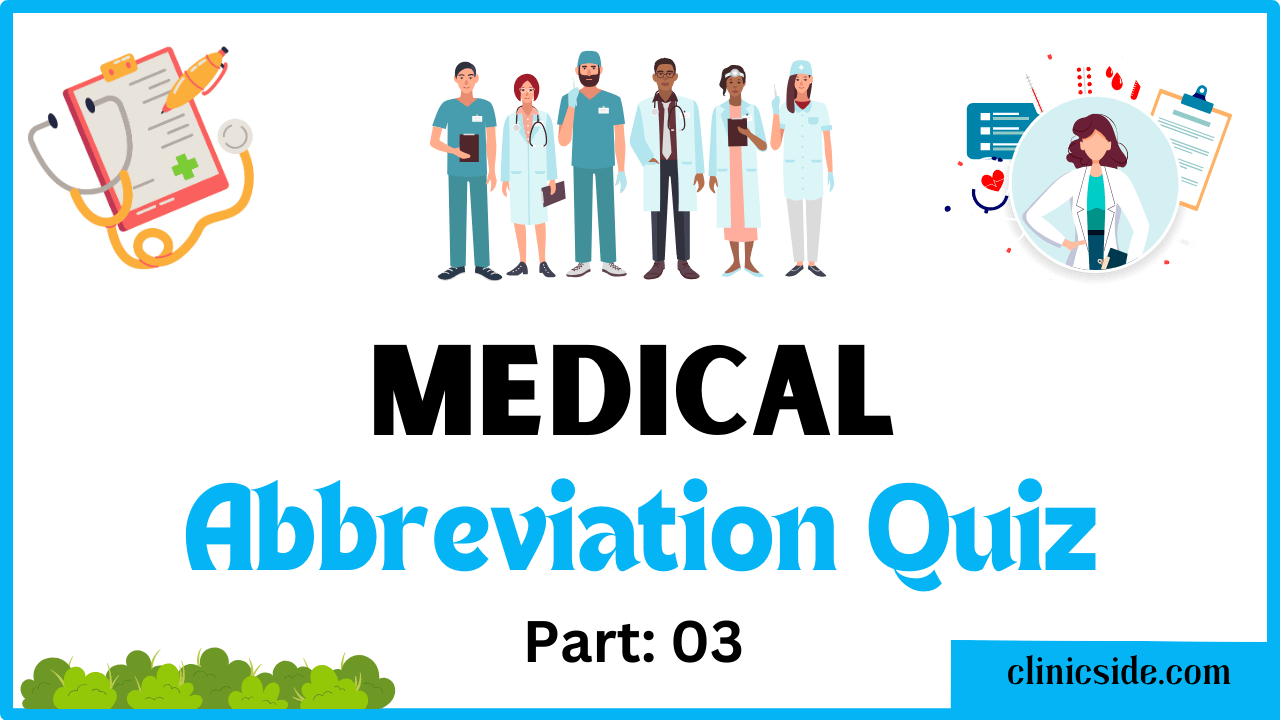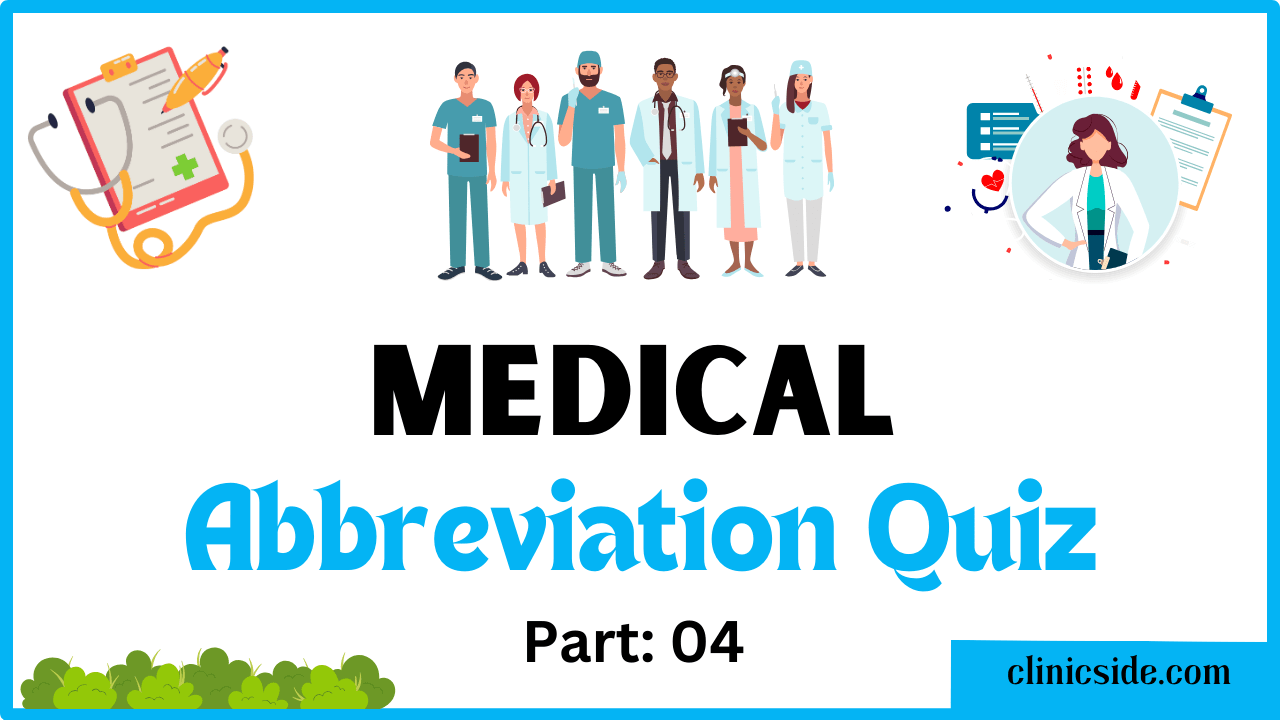Quiz
Available options: 1 to 32
Introduction To Medical Abbreviations:
Medical abbreviations are commonly used in the healthcare field to simplify complex medical terminology, enhance communication, and streamline documentation. While these abbreviations can save time and space, they must be used with caution to prevent confusion and ensure patient safety. In this post, we’ll shortly explore the importance of medical abbreviations, their categories, and examples of frequently used abbreviations.
I. Importance of Medical Abbreviations
A. Efficiency: Abbreviations expedite communication among healthcare professionals, reducing the risk of misunderstandings and improving the speed of patient care.
B. Clarity: Well-defined abbreviations maintain clarity in medical records, prescriptions, and patient charts.
C. Space-saving: Abbreviations help conserve space in written and electronic medical documentation.
D. Standardization: The use of standardized medical abbreviations ensures uniformity across the healthcare industry.
II. Categories of Medical Abbreviations
A. Latin and Greek Abbreviations: Many medical terms are derived from Latin and Greek roots, and their abbreviated forms are widely used (e.g., qd for “once daily,” bid for “twice daily”).
B. Organizational Abbreviations: Hospitals, clinics, and healthcare organizations may have specific abbreviations for departments, units, and procedures (e.g., ER for “Emergency Room,” ICU for “Intensive Care Unit”).
C. Prescription Abbreviations: These abbreviations are used in medication prescriptions and instructions, including dosage and administration (e.g., mg for “milligram,” PO for “by mouth”).
D. Diagnostic Abbreviations: Medical tests and diagnoses often have associated abbreviations (e.g., ECG for “Electrocardiogram,” MRI for “Magnetic Resonance Imaging”).
E. Abbreviations for Medical Conditions: Abbreviations for common medical conditions and diseases (e.g., COPD for “Chronic Obstructive Pulmonary Disease,” HTN for “Hypertension”).
III. Examples of Common Medical Abbreviations
A. Common Latin and Greek Abbreviations:
- qd – “once daily”
- tid – “three times daily”
- prn – “as needed”
B. Organizational Abbreviations:
- OR – “Operating Room”
- NICU – “Neonatal Intensive Care Unit”
- PT – “Physical Therapy”
C. Prescription Abbreviations:
- mg – “milligram”
- po – “by mouth”
- bid – “twice daily”
D. Diagnostic Abbreviations:
- CT – “Computed Tomography”
- CBC – “Complete Blood Count”
- X-ray – “Radiography”
E. Abbreviations for Medical Conditions:
- AIDS – “Acquired Immunodeficiency Syndrome”
- CAD – “Coronary Artery Disease”
- UTI – “Urinary Tract Infection”
In Summary
Medical abbreviations are essential tools for healthcare professionals, helping them communicate efficiently and document medical information accurately. However, the use of these abbreviations should be standardized and consistent within healthcare settings to avoid errors and confusion. Patient safety remains a top priority, and healthcare professionals should exercise caution when employing medical abbreviations in their practice.






